These days, HR software is used for more than just tracking attendance and paying staff. In 2025, AI and automation will make it a valuable tool for developing business culture, getting employees involved, and making better decisions.
HR leaders don't just want to swap tools when they upgrade HR software; they want to make sure the company is ready for the future. Old systems can make things take longer, put you at danger of not following the rules, and make staff angry.
Before upgrading HR software in 2025, HR directors need to know a few important things. This article goes over those things, such as important features, how to evaluate ROI, and typical mistakes to avoid.
Why it's important to update HR software in 2025
HR tech is no different from other types of technology that change quickly. New-age HR software has more advanced features than older systems, such as predictive analytics, seamless integrations, and mobile-first experiences.Some important reasons to update are:
-
Help for teams that are both hybrid and remote.
-
AI-based hiring and planning for the workforce.
-
Analytics that happen in real time to help you make smarter decisions.
-
Better following of data privacy rules for 2025
Things to Think About Before Upgrading Your HR Software
1. Make sure the software fits with the goals of the business.
The software you pick has to help your business reach its long-term goals. If you want to go from 50 to 500 personnel in the next few years, for example, choose a solution that is easy to scale and has advanced capabilities without a lot of work.
2. Compliance and keeping records confidential
HR software must comply with standards such as GDPR, SOC 2, and ISO 27001 obligations by 2025, in a time when every country will be faced with increasingly rigorous data protection legislation. Look for HR software that utilizes strong data encryption and offers audit trail records to protect employee private information.
3. Work with tools you already have
If your HR system doesn't work with your current payroll, CRM, or ERP systems, it can make things less efficient. Pick software that works well with all of your company tools.
4. AI and robots
AI-enabled HR Software will help to identify the best candidates by providing real-time analysis of employee sentiment, automated attendance, and predictive recruitment analytics. This allows HR decisions to be made quicker and based on the facts.
5. Employee Experience and Access on Mobile Devices
Today's workers want to be able to easily access HR portals on their phones. A mobile-friendly HR software with self-service options makes it easier for people to use and get involved.
Feature Checklist: Assessing HR Software Upgrade
HR leaders would do well to compare the existing system with that of contemporary HR tools using a checklist such as the one below before selecting or upgrading HR software:
| Feature |
Current Software |
Upgraded Software (2025) |
Priority (High/Low) |
| AI-Powered Analytics |
No |
Yes |
High |
| Mobile App Support |
Limited |
Full Access |
High |
| Employee Self-Service |
Yes |
Yes (Enhanced) |
Medium |
| Compliance Tools (GDPR) |
No |
Yes |
High |
| Payroll Integration |
Partial |
Full |
High |
This simple table helps HR leaders identify gaps in their current system and prioritize features essential for 2025 and beyond.
Checking the return on investment (ROI) of HR software upgrades
HR leaders need to figure out the return on investment (ROI) for upgrading HR software. By automating repetitive procedures, a contemporary HR technology can save hundreds of hours of work each year.For instance:
-
Automating payroll can save HR more than 100 hours a year.
-
AI-powered analytics can cut the cost of hiring by 20% to 30%.
-
When employees are more engaged, they are less likely to leave, which saves money on hiring.
Common Mistakes HR Leaders Make When Upgrading
-
Software that is cheaper generally doesn't have advanced features or the ability to grow.
-
Not giving feedback to employees. The HR team and employees are the end users, and their feedback makes sure that more people use it.
-
Not paying attention to the problems that come up when moving data. If you don't plan well, you could lose data and have to stop working.
Look out for these HR software trends for 2025
To ensure your upgrade sticks, watch out for these trends:
-
AI-Driven HR Assistants: virtual assistants that assist with new-hire onboarding and responding to employee queries.
-
Employee Experience Platforms (EXPs) are platforms that integrate engagement, performance, and learning.
-
Predictive Analytics: Discover what trends are going on in the workforce and what attrition risks exist.
-
Gamification is a technique to engage and inspire more people by employing something called recognition and feedback systems.
Conclusion
Developing a people-first, future-proof HR platform and supporting culture for engagement and development is as equally important as adopting new HR software. In addition to helping eliminate tedious manual work, a great platform will also support data-led decisions, improve employee satisfaction, and create a culture of authenticity and trust within the business.
HR directors can choose a system that not only meets them in their current state, but also pushes forward the organization's long-term business strategy by prioritizing key factors such as scalability, AI-enabled insights, seamless interfaces, and strong compliance functionality.
By 2025, HR software will be more than just an application; it will be an investment partner in creating a smarter, more agile, and people-focused business. The majority of organizations refresh their systems every three to five years, or when their existing system no longer has the capacity to hold in the demands of today's workforce.
FAQs
1. How often should HR leaders update HR software?
Ans: Most firms replace every 3–5 years or when the existing system no longer addresses the needs of today's workforce.
2. What should I trend in 2025?
Ans: Most essential trends are AI-based HR software, predictive analytics, mobile-first applications, and employee experience platforms.
3. How do I compute ROI for HR software?
Ans: Calculate time saved, lower employee turnover, enhanced compliance, and improved decision-making against software expenditure.
4. Is cloud HR software superior to on-premise?
Ans: Yes, cloud HR software provides scalability, remote access, and automatic updating.
5. How do I adopt upgraded HR software seamlessly?
Ans: Involve employees in the selection process, provide proper training, and choose software with an easy-to-use interface.
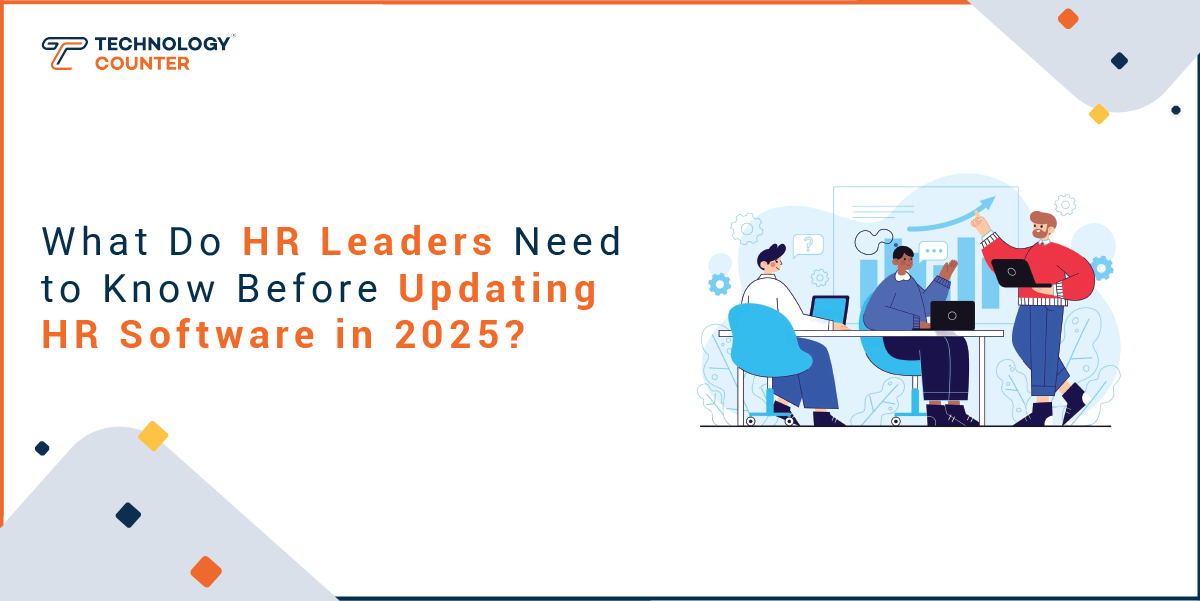

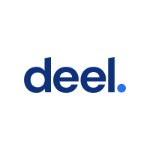
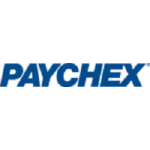

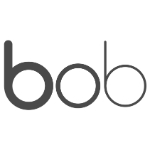

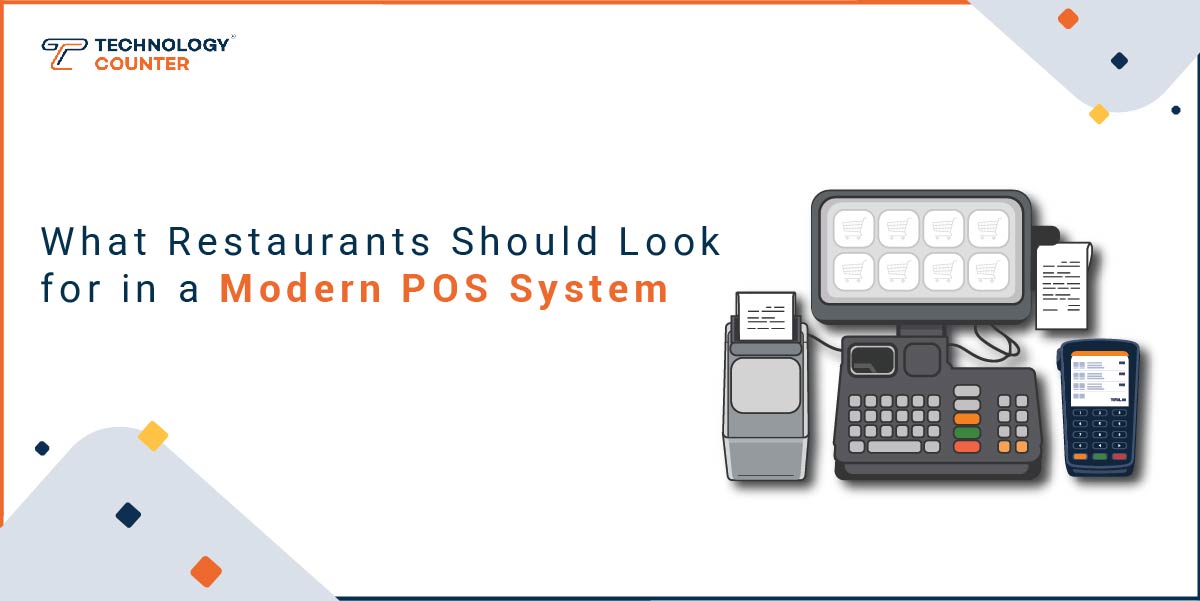
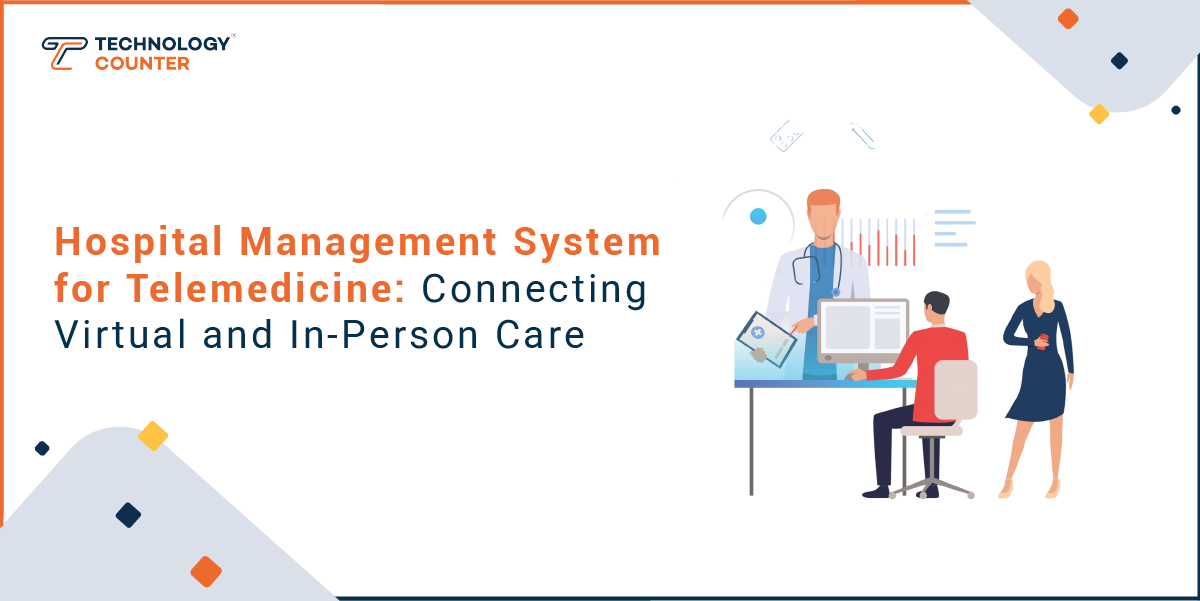
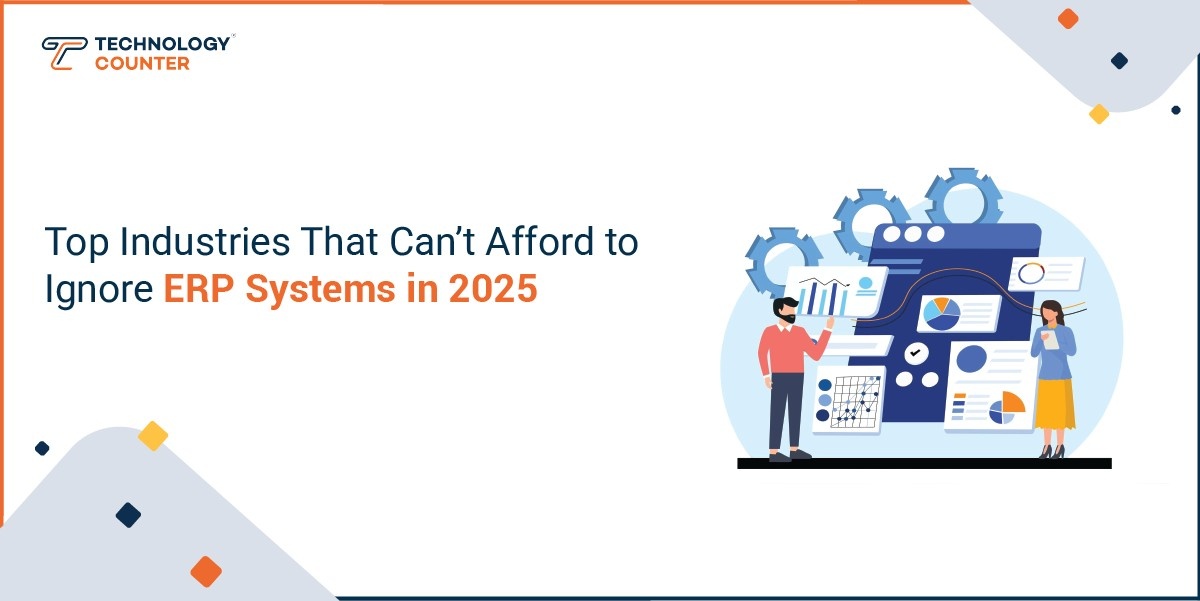
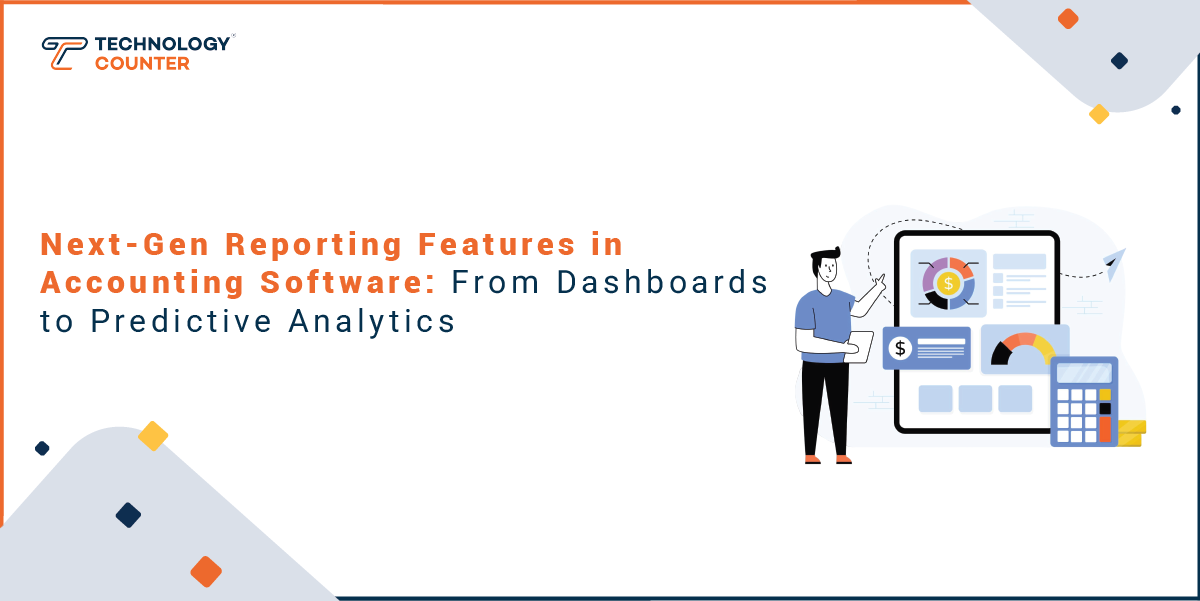
Post your comment